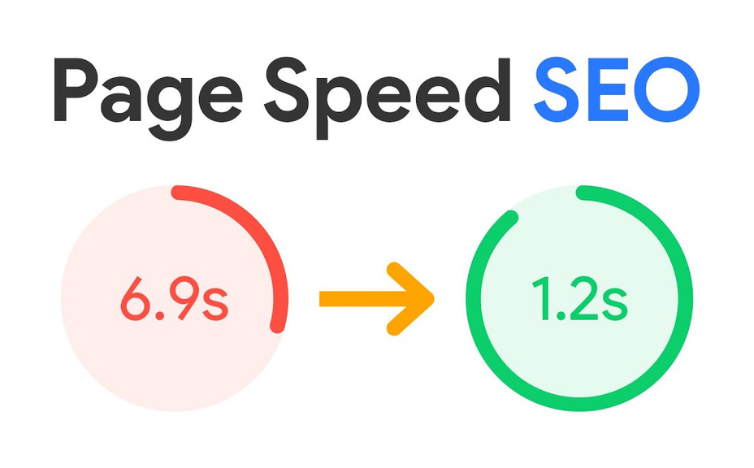User experience (UX) has become a critical factor in SEO rankings, as search engines aim to prioritize websites that best meet user needs. Websites that provide smooth, engaging experiences have higher chances of achieving better visibility in search results, as Google and other search engines assess various UX metrics in their ranking algorithms.
How UX Impacts SEO Metrics
To deliver the best possible search results, Google and other engines measure how users interact with web pages. Here are some of the main UX elements influencing SEO:
- Page Speed: Faster loading pages encourage users to stay longer, lowering bounce rates.
- Mobile-Friendliness: With mobile traffic continually rising, sites optimized for smartphones and tablets rank higher.
- Content Quality: Relevant, well-structured content that addresses user intent can significantly boost rankings.
Page Speed and SEO: A Vital Connection
Page speed is one of the top UX factors affecting SEO. A slow-loading page can lead to high bounce rates, as users prefer pages that load quickly and provide immediate answers. Search engines prioritize fast-loading websites, making speed optimization crucial for a good user experience and better rankings.

How to Improve Page Speed
There are several strategies to boost page speed, including compressing images, reducing server response times, and enabling browser caching. By optimizing these elements, you can ensure your website performs better in search rankings and satisfies users who expect instant access to information.
Mobile-Friendliness and Its Role in Rankings
With over half of all web traffic coming from mobile devices, mobile-friendliness is essential for SEO. Google’s mobile-first indexing approach means that it predominantly uses the mobile version of a site for ranking and indexing. If your website isn’t optimized for mobile, it may not perform well in search results, even if it ranks well on desktop.
Steps to Achieve Mobile Optimization
To improve mobile-friendliness, make sure your website is responsive, meaning it adapts to various screen sizes. Additionally, streamline navigation and ensure that text and images are optimized for smaller screens to create an enjoyable browsing experience.
See Also: Top 8 SEO Mistakes to Avoid and How to Fix Them
The Influence of Content Quality on User Engagement
High-quality content is fundamental to a good user experience, and it’s a major ranking factor for SEO. Content that is informative, well-organized, and relevant to user queries will engage visitors longer, signaling to search engines that your site meets user intent.
Tips for Creating High-Quality Content
To enhance content quality, focus on answering the specific questions users have when they search for your target keywords. Break down information into digestible sections, use headers, and add multimedia elements like videos or images to create a richer user experience.
Reducing Bounce Rates Through Better UX Design
Bounce rate, or the percentage of users who leave a site after viewing only one page, directly reflects how well a website meets user needs. Sites with intuitive layouts, easy navigation, and visually appealing designs tend to retain users longer, lowering bounce rates and positively impacting SEO.
Key UX Design Tips
Improve your site’s design by ensuring clear, simple navigation, a logical layout, and easy-to-read fonts and color schemes. These elements help users find what they’re looking for quickly, making them more likely to explore additional pages and reducing bounce rates.
See Also: How SEO Boosts E-Commerce Website Success
Dwell Time and User Satisfaction as Ranking Signals
Dwell time—the amount of time a user spends on a page before returning to search results—provides search engines with valuable feedback on user satisfaction. Pages with longer dwell times are generally more engaging, indicating that they deliver relevant information.
How to Increase Dwell Time
To increase dwell time, focus on creating in-depth, engaging content that captivates users. Consider using compelling introductions, adding visual elements, and offering related content suggestions to keep users on the page longer.
Call us: Contact us For SEO Services: +971 58 830 3415
Conclusion
Enhancing user experience is an essential step toward achieving better SEO rankings. By focusing on speed, mobile-friendliness, content quality, and reducing bounce rates, you can create a website that not only ranks higher but also resonates with users. A seamless UX encourages user engagement and satisfaction, both of which play significant roles in today’s SEO algorithms.
